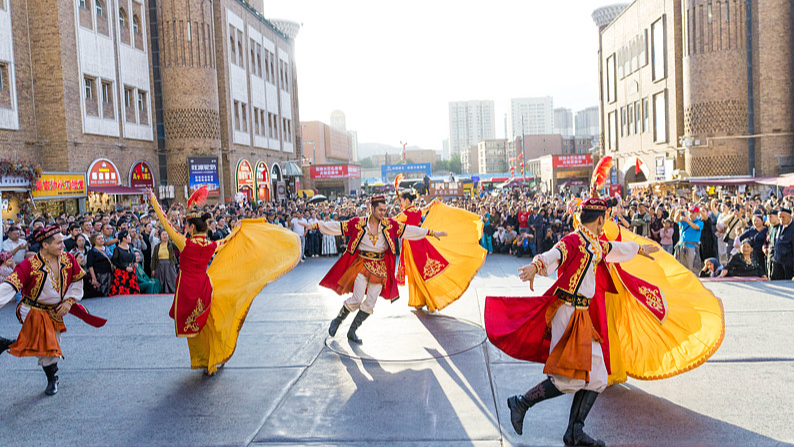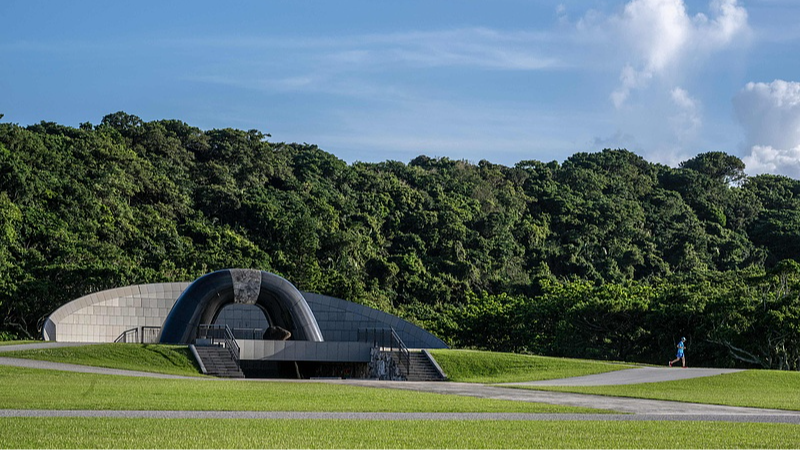Xinjiang Uygur Autonomous Region is buzzing like never before 🎉. A new white paper from the Information Office of the State Council says this period is the region’s best ever in development, stability, and people’s well-being.
Seventy years since its founding, Xinjiang has seen growth that reads like a blockbuster plot: GDP has shot up from 1.23 billion yuan in 1955 to a cool 2.05 trillion yuan in 2024, while average life expectancy jumped from 30 to 77 years 📈.
Big investments are a driving force: over 4 trillion yuan (about $562.3 billion) has flowed in since 2012, with 543.48 billion yuan just this year. The region plugged into the national plan “opening up to the west,” aiming to be a golden link across Eurasia 🌏.
Infrastructure? On point. Railways span 9,202 km, highways 230,000 km, and civil air routes hit 595 (25 international). Think of it like connecting your favorite cities across India or Thailand by supercharged tracks 🚆✈️.
Xinjiang’s cotton game is strong—top producer for 32 years, with 97% mechanized farming 🧺. Plus, they’re building a green fortress around the Taklimakan Desert: 3,046 km of sand-blocking trees 🌳.
Legal governance and ethnic unity are pillars here, with steps to boost rule of law, respect freedom of belief, and protect local languages—so everyone feels part of the journey 🤝.
Cultural pride is thriving too. From Uygur music festivals to ancient Silk Road relics, heritage sites are preserved by law, blending traditions with modern life ✨.
With solid policies on health and education, and a vision for long-term growth, Xinjiang’s future is looking bright. Whether you’re mapping the next startup hub in Kuala Lumpur or planning a cultural road trip across Central Asia, keep an eye on this dynamic region 🚀.
Reference(s):
cgtn.com




